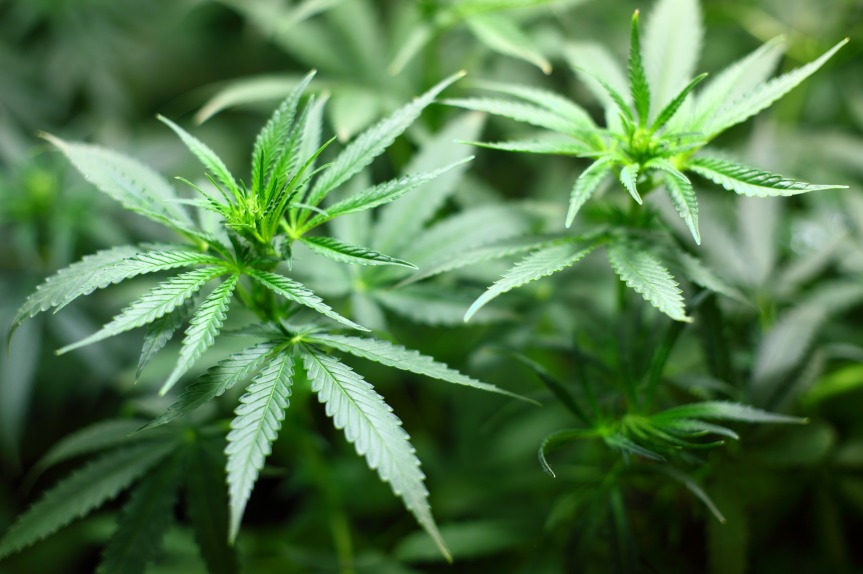
A rare tragedy took place in France a few days ago when a Phase I clinical trial for a new drug destined to improve mood and alleviate pain has resulted in one person dead and five other hospitalized. Phase I means that the drug successfully passed all animal tests and was being tried for the first time in humans to test its safety (efficacy and potency are tested in phase II and III, respectively).
The trial has been suspended and an investigation is on the way. So far, it appears that both the manufacturer (Bial) and the testing company (Biotrial) have followed all the guidelines and regulations. The running hypothesis is that the drug (BIA 10-2474) is acting on an unexpected target. What does that mean?
BIA 10-2474 is a FAAH inhibitor (fatty acid amide hydrolase). This enzyme breaks down anandamide, which is an endocannabinoid. In other words, is a neurotransmitter in the brain that binds to the same receptors as THC, the main active component of marijuana. So, if you give someone BIA 10-2474, the result would be an increase in the availability of anandamide, presumably with anxiolytic and analgesic effects (yes, similar to smoking weed).
There are other FAAH inhibitors out there that had been previously tried in humans and they were never marketed not because they were unsafe, but because they were ineffective in producing the desired results, i.e. less pain and/or anxiety.
So we don’t know yet why BIA 10-2474 killed people, but the bet is that in addition to FAAH, it also binds to some other protein. Why they didn’t discover this in animal trials, is a mystery; perhaps the unknown protein is unique to humans? By the looks of the drug’s structure, I think is computer generated, meaning is composed of a bunch of functional groups that someone put together in the hopes that it would fit neatly on the target binding site; but so many functional groups thrown in together might bind unexpectedly to other places than the intended. More on the story in Nature.
Anyway, that was the very long intro to today’s featured paper: the discovery of anandamide. Which happened very recently, in 1992, by the Mechoulam group at the Hebrew University of Jerusalem, Israel. Anandamide is the first endocannabinoid to be isolated. Mechoulam’s postodcs, William Devane and Lumir Hanus, used mass spectroscopy and NMR (nuclear magnetic resonance, MRI is an application of the same principles) to identify and isolate the molecule in a pig brain. And then they named it, fittingly, the “amide of bliss”…
Of note, members of the same Mechoulam group identified two more of the six known endocannabinoids. The three pages paper is highly technical, but I am assured (by a chemist) that is an easy-peasy read for any organic chemist.
Reference: Devane WA, Hanus L, Breuer A, Pertwee RG, Stevenson LA, Griffin G, Gibson D, Mandelbaum A, Etinger A, & Mechoulam R (18 Dec 1992). Isolation and structure of a brain constituent that binds to the cannabinoid receptor. Science, 258(5090):1946-9. PMID: 1470919, DOI: 10.1126/science.1470919. Article | Research Gate Full Text
By Neuronicus, 18 January 2016

